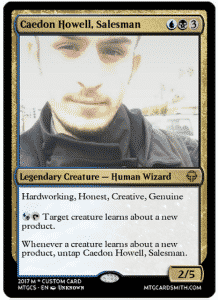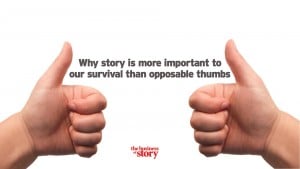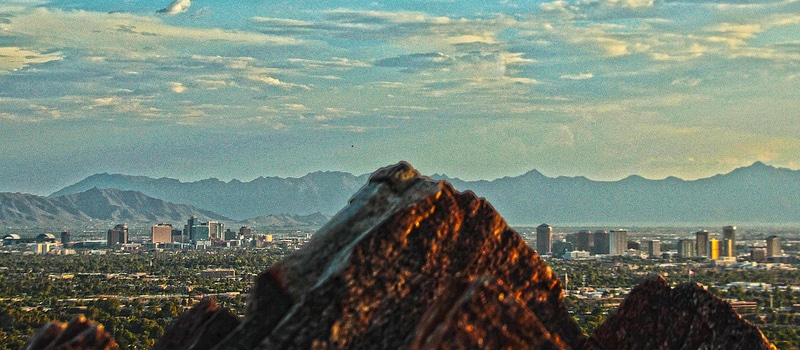
Image courtesy of Tyler J. Bokken, Creative Commons
There is a universal pattern to story that underpins all of our lives. Joseph Campbell, America’s foremost mythologist, called it the Hero’s Journey, or monomyth. The Hero’s Journey is the structure that girds many of the epic stories we watch, read and listen to. We can relate to them, because we, too, experience the Hero’s Journey in our lives.
Story mirrors life.
The Story Cycle process is inspired by Campbell’s work, and is a hybrid of the Hero’s Journey to make it easily accessible to companies, organizations, brands and causes to help them craft and tell compelling stories that move people to action.
The following is an example of how the 10-steps of the Story Cycle and universal structure to brand story strategy, plays out in the now legendary Water – Use It Wisely conservation campaign, which has been sustained for more than 16 years.
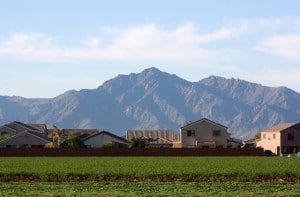
Photo courtesy of Kevin Dooley, Creative Commons
Where in the World Have You Been? – The Backstory & Positioning of Your Organization, Brand or Initiative:
In the mid-1990’s, the cities of Metropolitan Phoenix had a problem. The spectacular growth in the region was outstripping the water utility infrastructure, and the cities knew it was time to develop a significant water conservation ethic among their residents.
Who’s Your Hero? – Creating Customer Personas:
The City of Mesa, among other local municipalities, were running underfunded water conservation programs that did not have much impact purely because the message wasn’t getting through the competitive communications clutter. They had done a study of its water customers to measure their likelihood of becoming more conscientious water consumers. The pearl of wisdom discovered in the study was this: residents said, “Don’t tell me to save water. Show me how to conserve.” It was clear to the City of Mesa that people didn’t want to be told what to do, but to be invited to participate in the story of water conservation.
What’s at Stake? – Defining Sustainability Goals:
The initial goal of the campaign was to increase general awareness of water use. The real opportunity was to help make people become more mindful every time they turn on a faucet, climb into the shower, or set an automatic sprinkler system. It was hypothesized that a water conservation ethic is created by bringing more attention to actual consumption at the point of use.
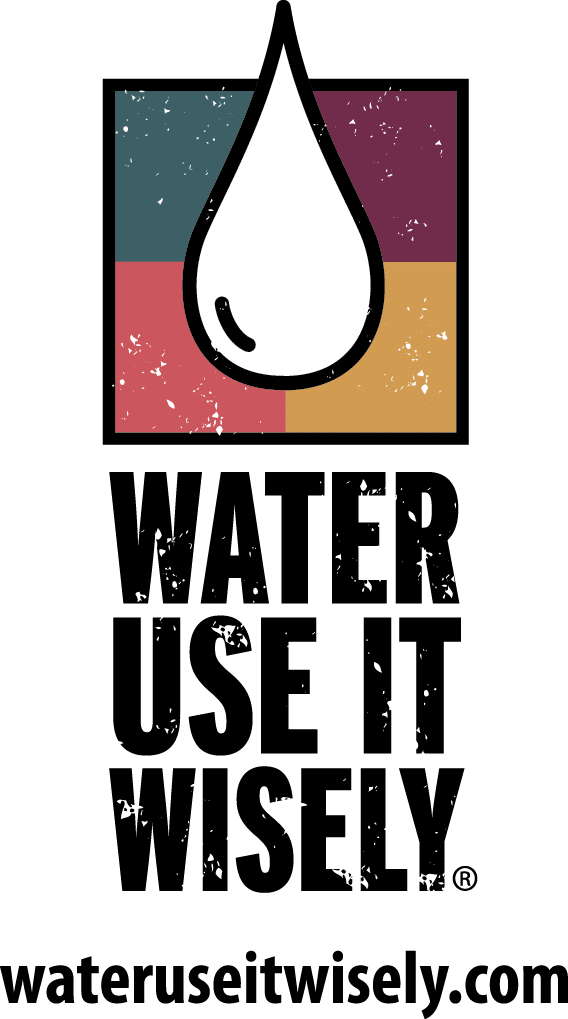 The Call-to-Adventure – Identifying Market Tension & Disruption:
The Call-to-Adventure – Identifying Market Tension & Disruption:
About the same time the City of Mesa conducted its study, the City of Phoenix and the Arizona Municipal Water Users Association conducted nearly identical, but separate, studies at additional cost. Their findings of “Don’t tell me, show me.” reflected the findings in Mesa’s study. The call-to-adventure for the cities was, instead of launching separate, underfunded water conservation campaigns, to pool their resources and create one overarching program to help Arizonans become stewards of their water.
The call-to-adventure in the campaign for residents was, “The are a number of ways to save water, and they all start with you. Water, Use it Wisely.”
Villains, Fog and Crevasses – Understanding Antagonistic Market Forces:
The two primary obstacles to overcome were to get the competitive cities to join forces and provide equal input without designing a “camel of a campaign,” you know, a horse designed by committee. Additionally, funding was scarce in many of the cities, and it took some cajoling to get them to invest in an unproven program.
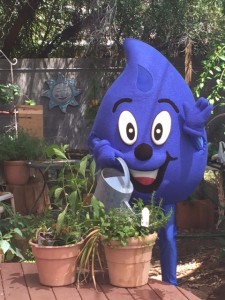 Enter the Mentor – Expressing the Brand Promise, Gift & Personality:
Enter the Mentor – Expressing the Brand Promise, Gift & Personality:
The mentor that aided all of our heroes (the water conservationists in the Arizona towns, cities and the state) on their journeys was the creation of the Water – Use It Wisely conservation campaign itself.
The brand’s emotional promise was the personal found experienced in being a good steward of water. The gift was the delightfully simple, even fun, ways to save water involving our audiences in the story. And the personality was that of a sage and jester, as we featured unexpected, but high effective ways to wave water.
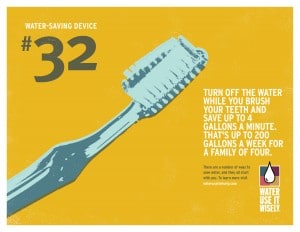 The Road of Trials – Mapping Interaction With Your Sustainability:
The Road of Trials – Mapping Interaction With Your Sustainability:
Water – Use It Wisely featured more than 100 unusual, but highly effective water-saving devices that show residents how to save water, and make them think in the process.
For instance, water-saving device #32 is a toothbrush, which begs the questions, “How can a toothbrush help me save water?” It is a reminder – an environmental prompt – to turn off the water while brushing your teeth to save approximately four gallons of water every time.
The Water – Use It Wisely campaign placed these intriguing water-saving tips everywhere: from TV to newspapers to billboards to schools to model home projects to the internet. In fact, when you Google “water conservation,” the Water – Use It Wisely campaign has commanded the top organic search ranking on all search engines for more than a decade.
Water – Use It Wisely 30-Sec. TV PSA from ParkHowell.com on Vimeo.
Victory is at Hand! – Penning the Sustainability Initiative’s Brand Statement:
After the first two years, the campaign call-to-adventure, “Water – Use It Wisely, was recognized by more than 80% of Arizona households, while the campaign theme, “There are a number of ways to save water, and they all start with you.” Was recalled by 64% of residents. The universal message at the heart of campaign attracted more than 400 private and public entities around North America to co-brand all or parts of the program and run it in their regions, making Water – Use It Wisely the largest water conservation outreach effort of its kind in the world.
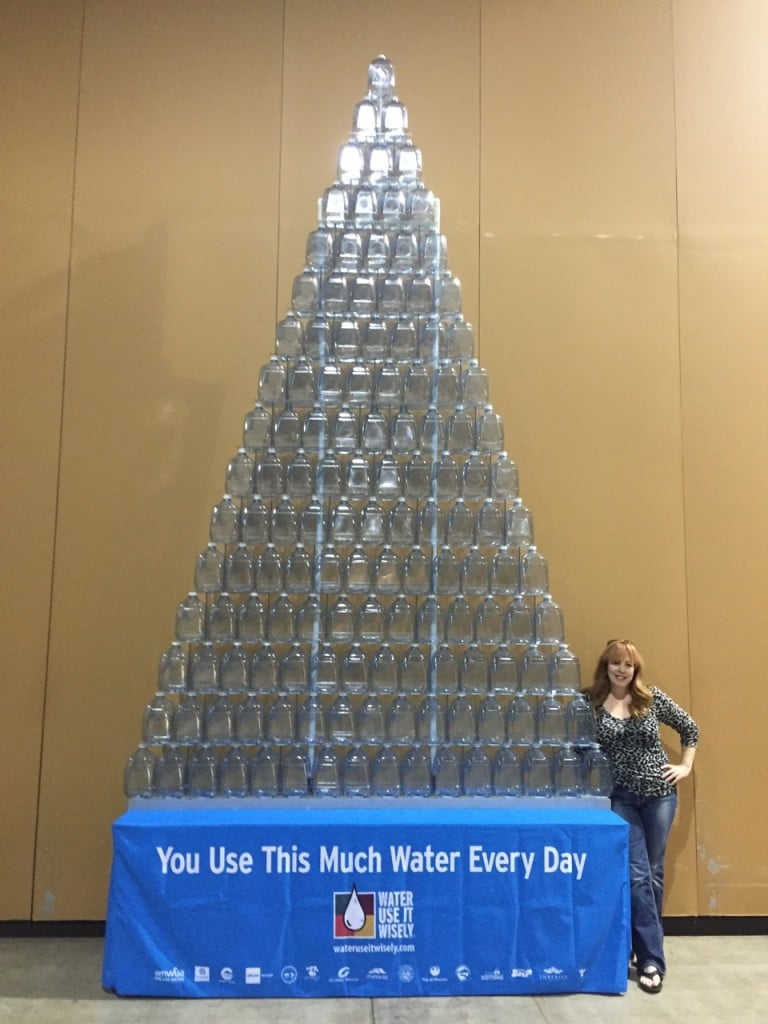 The Moral of Your Story – Locating the Brand Ideal:
The Moral of Your Story – Locating the Brand Ideal:
The primary value the Water – Use It Wisely campaign shares with its audiences – both residents and water conservationists – is that water conservation is easy when you think about it. Some of the smallest actions, like using a broom to sweep your driveway or sidewalk instead of hosing them down, can make the greatest impact: the proverbial pebble in the pond ripple effect.
To Be Continued… – Building Sustainable Rituals:
Now in its 16th year, the Water – Use It Wisely campaign is still helping homeowners save water. The ritual of saving water every time you use it has been built into the more than 150 water-saving tips, and they’re being shared and incorporated in the natural rhythm of peoples’ lives.




